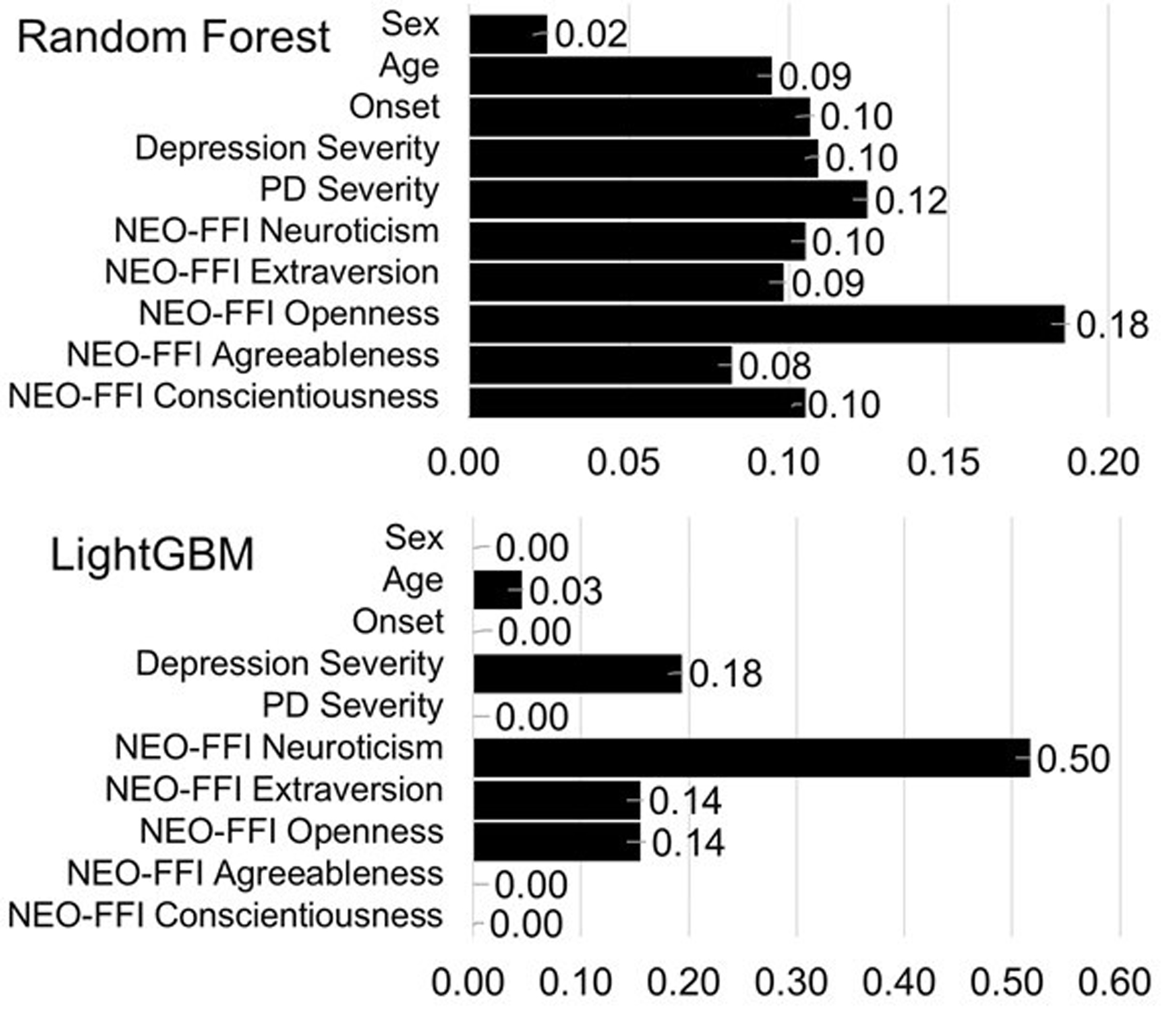
Figure 1. Process flow diagram for predictive models. LightGBM: light gradient boosting machine; SMOTE: synthetic minority oversampling technique.
| Journal of Clinical Medicine Research, ISSN 1918-3003 print, 1918-3011 online, Open Access |
| Article copyright, the authors; Journal compilation copyright, J Clin Med Res and Elmer Press Inc |
| Journal website https://www.jocmr.org |
Short Communication
Volume 16, Number 5, May 2024, pages 251-255
Predicting Dropout From Cognitive Behavioral Therapy for Panic Disorder Using Machine Learning Algorithms
Figures



Table
| Characteristics | Completer (n = 189) | Dropout (n = 19) | P |
|---|---|---|---|
| Values are presented as mean and standard deviation (SD). NEO-FFI: NEO Five Factor Index; PDSS: Panic Disorder Severity Scale; SCL-90-R: Symptom Checklist-90 Revised. | |||
| Sex (% female) | 67.2 | 63.6 | > 0.05 |
| Mean age | 36.3 (10.9) | 34.3 (12.1) | > 0.05 |
| Onset | 29.1 (10.2) | 29.1 (11.8) | > 0.05 |
| NEO-FFI | |||
| Neuroticism | 26.7 (9.0) | 27.5 (7.1) | > 0.05 |
| Extraversion | 25.9 (8.1) | 27.0 (8.0) | > 0.05 |
| Openness | 28.3 (6.1) | 27.9 (7.4) | > 0.05 |
| Agreeableness | 32.7 (6.8) | 32.0 (6.2) | > 0.05 |
| Conscientiousness | 27.4 (7.7) | 27.8 (8.1) | > 0.05 |
| PDSS | 13.1 (4.8) | 12.7 (5.2) | > 0.05 |
| SCL-90-R depression subscale | 1.14 (0.8) | 1.15 (1.0) | > 0.05 |